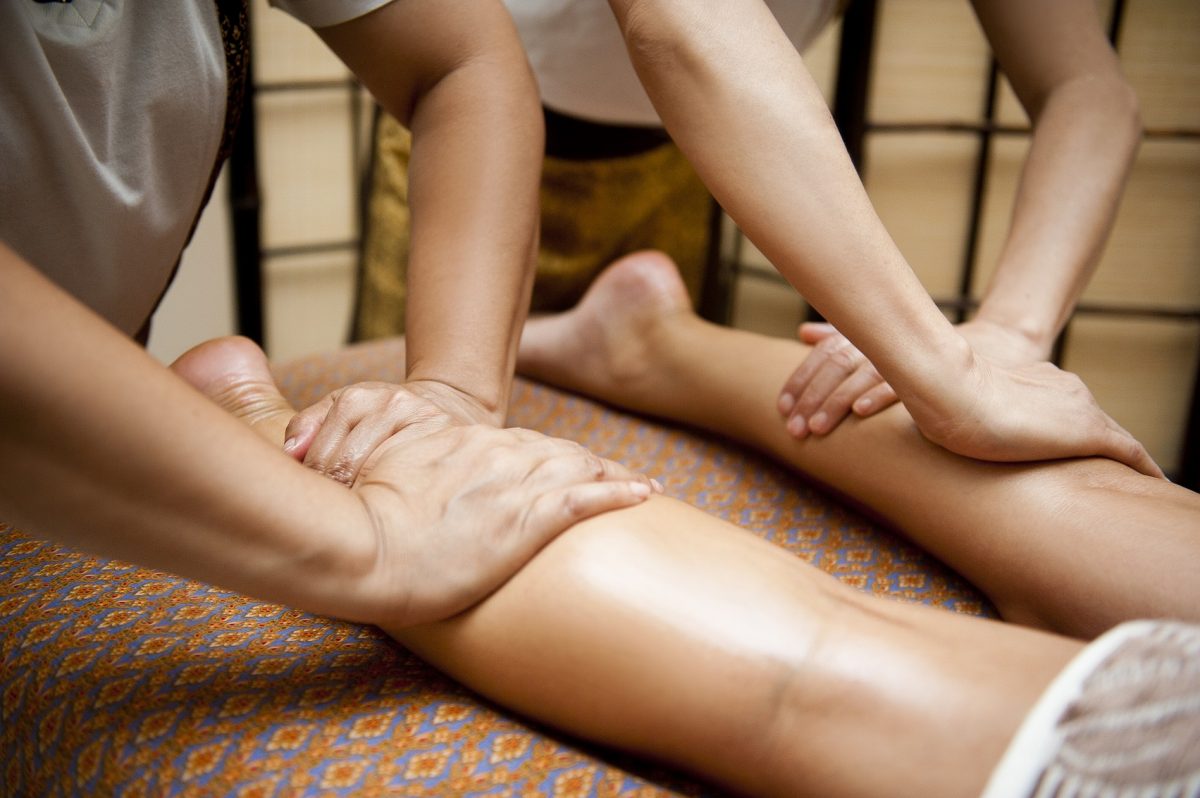Reflexology and Back Pain
Many people complain of back pain that ranges from niggling discomfort to chronic conditions. Mostly, this is not the result of injury or trauma. Less exercise, hard physical work and a generally sedentary lifestyle for many have contributed to the segments of the population who are virtually crippled with back problems. According to the World Health Organization, lower back pain is a leading cause of disability in the world.
The first step in addressing back problems through reflexology is to find a qualified reflexologist who will use specific techniques to exert deep pressure on the foot area corresponding with the specific back problem. This may be painful and several sessions may be required before the condition improves. Sore points are often the most important ones to work on, since they represent places where energy is blocked. A gentle spa type massage is probably not going to help much, pleasant as it may be.
Reflexology and Stress
Stress is sometimes referred to as a “silent killer”. Stress is virtually considered as a normal condition in today’s society. Road rage, family violence and outbursts can often be put down to stress at work or because of the fast pace of life these days. Reflexologists believe that a balance of mind-body-spirit is fundamental to well-being. Modern lifestyles tend to be more insular; the support once offered by a large, extended family is no longer available to many. The positive effect of therapeutic touch is recognized as being fundamental to a feeling of well-being.
A session with a reflexologist to alleviate stress is a drug-free, non-invasive way of reducing tension. To help the patient to relax, a practitioner may use some kind of aromatherapy massage oil or essential oil as part of the treatment. It is believed to encourage the release of endorphins, the body’s natural feel-good hormones, well documented in their ability to relieve stress.
What to Expect from a Foot Reflexology Session
Reflexology is not a cure-all and may not help when there are serious underlying medical conditions. But it can reduce symptoms and aid in healing by improving lymphatic drainage and circulation, stimulation to the nerve pathways and muscle relaxation. Exercise, such as swimming or walking regularly, can aid in reducing back problems by strengthening back muscles and can also help to alleviate or reduce stress.








